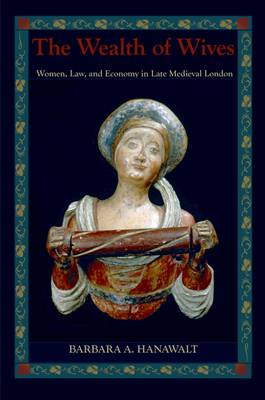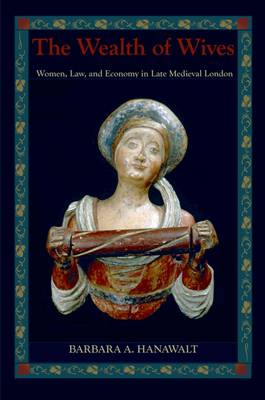
- Afhalen na 1 uur in een winkel met voorraad
- Gratis thuislevering in België vanaf € 30
- Ruim aanbod met 7 miljoen producten
- Afhalen na 1 uur in een winkel met voorraad
- Gratis thuislevering in België vanaf € 30
- Ruim aanbod met 7 miljoen producten
Zoeken
Wealth of Wives
Women, Law, and Economy in Late Medieval London
Barbara A Hanawalt
Paperback | Engels
€ 61,45
+ 122 punten
Omschrijving
Introduction. Ch. 1: Daughter and Identities. Ch. 2: Education and Apprenticeship. Ch. 3: Heiresses, Dowry, and Dower. Ch. 4: The Formation of Marriage. Ch. 5: Recovery of Dower and Widows' Remarriage. Ch. 6: For Better or For Worse: The Marital Experience. Ch. 7: The Standard of Living and Women as Consumers. Ch. 8: Women as Entrepreneurs. Ch. 9: Servants, Casual Labor, and Vendors. Conclusion. Appendix I. Glossary. Notes. Bibliography
Specificaties
Betrokkenen
- Auteur(s):
- Uitgeverij:
Inhoud
- Aantal bladzijden:
- 336
- Taal:
- Engels
Eigenschappen
- Productcode (EAN):
- 9780195311761
- Verschijningsdatum:
- 11/10/2007
- Uitvoering:
- Paperback
- Formaat:
- Trade paperback (VS)
- Afmetingen:
- 161 mm x 232 mm
- Gewicht:
- 476 g

Alleen bij Standaard Boekhandel
+ 122 punten op je klantenkaart van Standaard Boekhandel
Beoordelingen
We publiceren alleen reviews die voldoen aan de voorwaarden voor reviews. Bekijk onze voorwaarden voor reviews.








